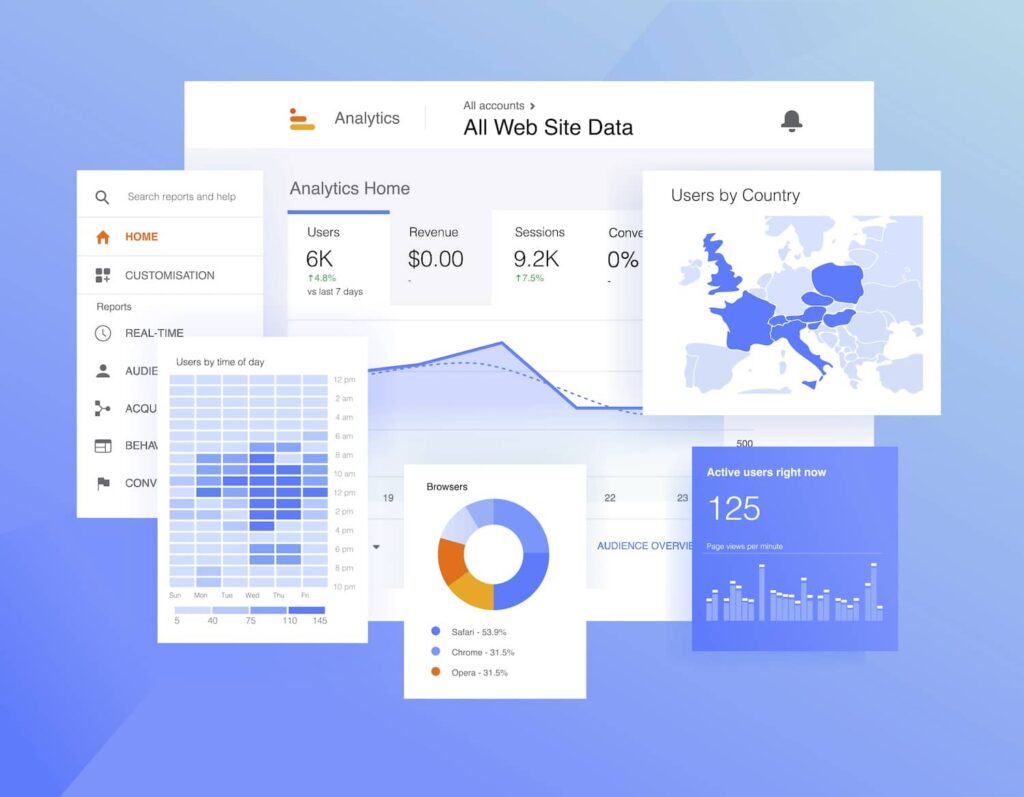The Function of Secondary Dimensions in Google Analytics: Interpretation and Insights for Advanced Information Evaluation
The Function of Secondary Dimensions in Google Analytics: Interpretation and Insights for Advanced Information Evaluation
Blog Article
Introducing the Influence of Second Dimension in Google Analytics on Information Evaluation and Insights
In the realm of information analytics, the usage of second dimensions within Google Analytics has actually arised as a critical tool for removing deeper understandings and unraveling complicated patterns that may or else stay covered. By peeling off back the layers of primary information sets, additional dimensions use a nuanced perspective that improves the understanding of user habits, website performance, and the performance of advertising strategies. Nevertheless, the true effect and untapped possibility of secondary dimensions are typically underestimated, eclipsed by the allure of main metrics. As we browse via the intricate landscape of data evaluation, the importance of second dimensions comes to be increasingly noticeable, clarifying vital information that hold the secret to notified decision-making and critical optimizations.
Exploring the Concept of Secondary Measurements
Second dimensions in Google Analytics supply extra understandings by enabling customers to evaluate key data in conjunction with a second characteristic. By including secondary measurements, customers can delve much deeper right into the data and discover beneficial correlations that may or else go unnoticed - what is a secondary dimension in google analytics.
Recognizing the idea of second dimensions is critical for maximizing the capacity of Google Analytics. It permits users to segment data properly, identify patterns, and make notified choices based on a much more full picture of their analytics information. By discovering the different second dimensions readily available in Google Analytics, individuals can unlock new understandings and maximize their electronic advertising and marketing efforts. Essentially, additional measurements work as an effective device for boosting information analysis and driving actionable outcomes.
Enhancing Information Interpretation With Additional Measurements
Having actually developed the foundational understanding of secondary measurements in Google Analytics and their essential function in data evaluation, the focus now changes towards leveraging these secondary credit to enhance the interpretation of analytics information (what is a secondary dimension in google analytics). By integrating secondary measurements into information evaluation, analysts can obtain much deeper insights right into individual behavior, website efficiency, and marketing effectiveness

Moreover, additional measurements assist in contextualizing primary information metrics by supplying additional layers of details. This contextualization aids in understanding the 'why' behind the data fads, assisting experts make educated optimizations and decisions to boost general performance. Inevitably, integrating secondary measurements improves the data interpretation procedure, causing even more calculated actions and meaningful understandings.
Revealing Hidden Insights With Additional Dimensions
Checking out the midsts of analytics information with additional dimensions discloses important insights that would certainly or else stay covered. By including secondary measurements in Google Analytics, services can unearth concealed patterns, trends, and relationships that offer an even more comprehensive understanding of individual actions and site efficiency. These added layers of data permit analysts to dig much deeper right into the primary dimensions, such as website traffic sources or landing web pages, and obtain a much more nuanced viewpoint on how different variables engage with each various other.
Via using additional measurements, experts can sector and contrast data across different dimensions, allowing them to recognize specific factors that influence individual interaction, conversion prices, and total success metrics. For instance, by pairing the main dimension of 'gadget group' with the second measurement of 'age group,' marketers can identify which age demographics favor accessing the website with smart phones versus desktops. This level of granularity empowers companies to make data-driven decisions and optimize their approaches for far better outcomes. Inevitably, revealing surprise understandings via additional dimensions improves the depth and precision of information evaluation, resulting in more informed decision-making and boosted efficiency outcomes.
Leveraging Secondary Measurements for Actionable Analytics
Building upon the Going Here understandings unveiled via secondary measurements in Google Analytics, organizations can now harness this enriched information landscape to drive actionable analytics and critical decision-making. By leveraging additional more information measurements, organizations can dive deeper right into their data to remove important patterns, fads, and connections that might have previously gone undetected. This deeper degree of evaluation enables services to gain a much more comprehensive understanding of individual actions, campaign performance, and general website efficiency.
One trick advantage of using second dimensions for actionable analytics is the capability to sector data based on certain criteria. This segmentation enables organizations to tailor their campaigns and approaches to different target market teams, bring about extra targeted and effective advertising efforts - what is a secondary dimension in google analytics. Additionally, additional dimensions provide an even more holistic view of individual interactions, allowing organizations to maximize their website content, design, and overall individual experience
Making Best Use Of Decision-Making With Additional Dimensions
To improve critical decision-making in analytics, leveraging second measurements in Google Analytics can give an extra nuanced viewpoint on customer actions and project efficiency. By including second measurements right into data analysis, companies can delve deeper into the specifics of their website site visitors' communications and involvement patterns. This extra layer of info permits a more extensive understanding of how various variables, such as demographics, devices, or traffic resources, influence crucial performance indicators.

Final Thought
Finally, the usage of secondary measurements in Google Analytics plays a vital role in boosting data analysis and revealing concealed insights. By exploring this concept, one can gain a much deeper understanding of individual behavior and make notified choices based on workable analytics. Leveraging secondary dimensions enables a more detailed interpretation of data and takes full advantage of the effectiveness of decision-making processes.

Report this page